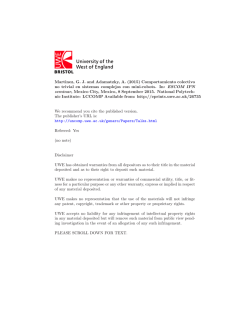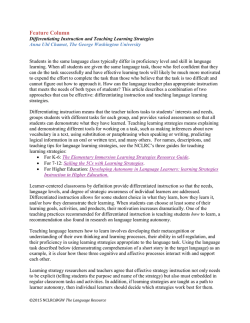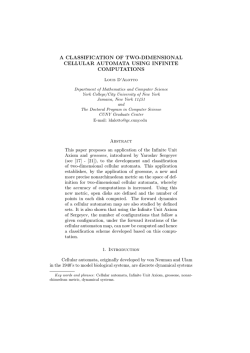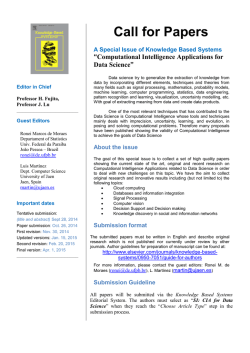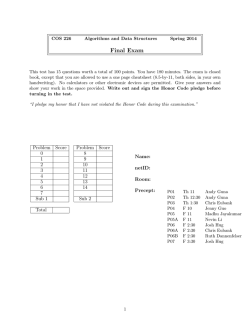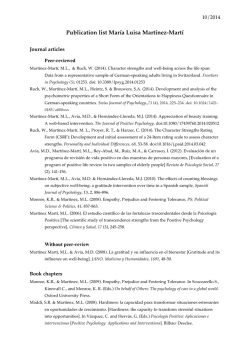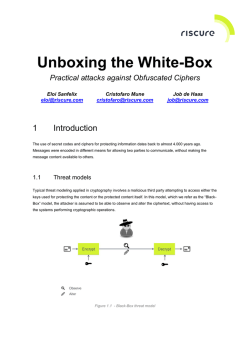
Formal Languages and Automata Theory Exercises Finite Automata
Formal Languages and Automata Theory
Formal Languages and Automata Theory
Exercises Finite Automata
Unit 3 – Part 1
Authors:
Araceli Sanchis de Miguel
Agapito Ledezma Espino
Jose A. Iglesias Martínez
Beatriz García Jiménez
Juan Manuel Alonso Weber
* Several exercises are based on the ones proposed in the following books:
Enrique Alfonseca Cubero, Manuel Alfonseca Cubero, Roberto Moriyón Salomón.
Teoría de autómatas y lenguajes formales. McGraw-Hill (2007).
Manuel Alfonseca, Justo Sancho, Miguel Martínez Orga. Teoría de lenguajes,
gramáticas y autómatas. Publicaciones R.A.E.C. (1997).
Pedro Isasi, Paloma Martínez y Daniel Borrajo. Lenguajes, Gramáticas y Autómatas.
Un enfoque práctico. Addison-Wesley (1997).
Formal Languages and Automata Theory
1. Given the alphabet {0,1}, construct a DFA which recognizes those elements of the
universal language with an odd number of zeros.
2. Given the alphabet {a,b}, construct a DFA which recognizes string with length “3” of
the universal language. (After Unit 4: Obtain the G3 corresponding to this automaton).
3. Given the alphabet {a, b}. Explain how a DFA would be implemented to recognize the
language of n-length strings. Firstly, design the automaton for specific values of n, e.g. n
= 4, and then design the automaton for any value of n.
4. Given the alphabet {a,b}, design a DFA which recognizes strings with an even number
of a’s and an odd number of b’s.
5. Given the alphabet {0,1}. Design a DFA to recognize the language L which consists of
string with the same number of substrings “01” and substrings “10”. Examples: 101 is
included in L (101, 101); however 1010 is not included in L (1010, 1010, 1010).
6. We want to design a device that, given a string which consists of binary numbers, will be
able to find if the keyword “1011” is included in the input string and it also would be
used as a basis to count the number of times this keyword is included. For instance, for
the input string 0101011011011, the device would detect two occurrences of the
keyword (the “1” in the seventh position is not considered as the beginning of a new
apparition). It is required to design the corresponding DFA.
7. In several programming languages, comments are included between the marks “/*”and
“*/”. Let L be the language of every string of comments limited by these marks. Then,
every element in L begins /* and ends with */, but it does not include any intermediate
*/. To simplify the problem, consider that the input alphabet is {a, b, /,*}. Indicate the
DFA which recognizes L.
8. Design a DFA to recognize binary numbers which multiple of 3. (After Unit 4: Obtain
the G3 corresponding to this automaton).
© Copyright 2025
